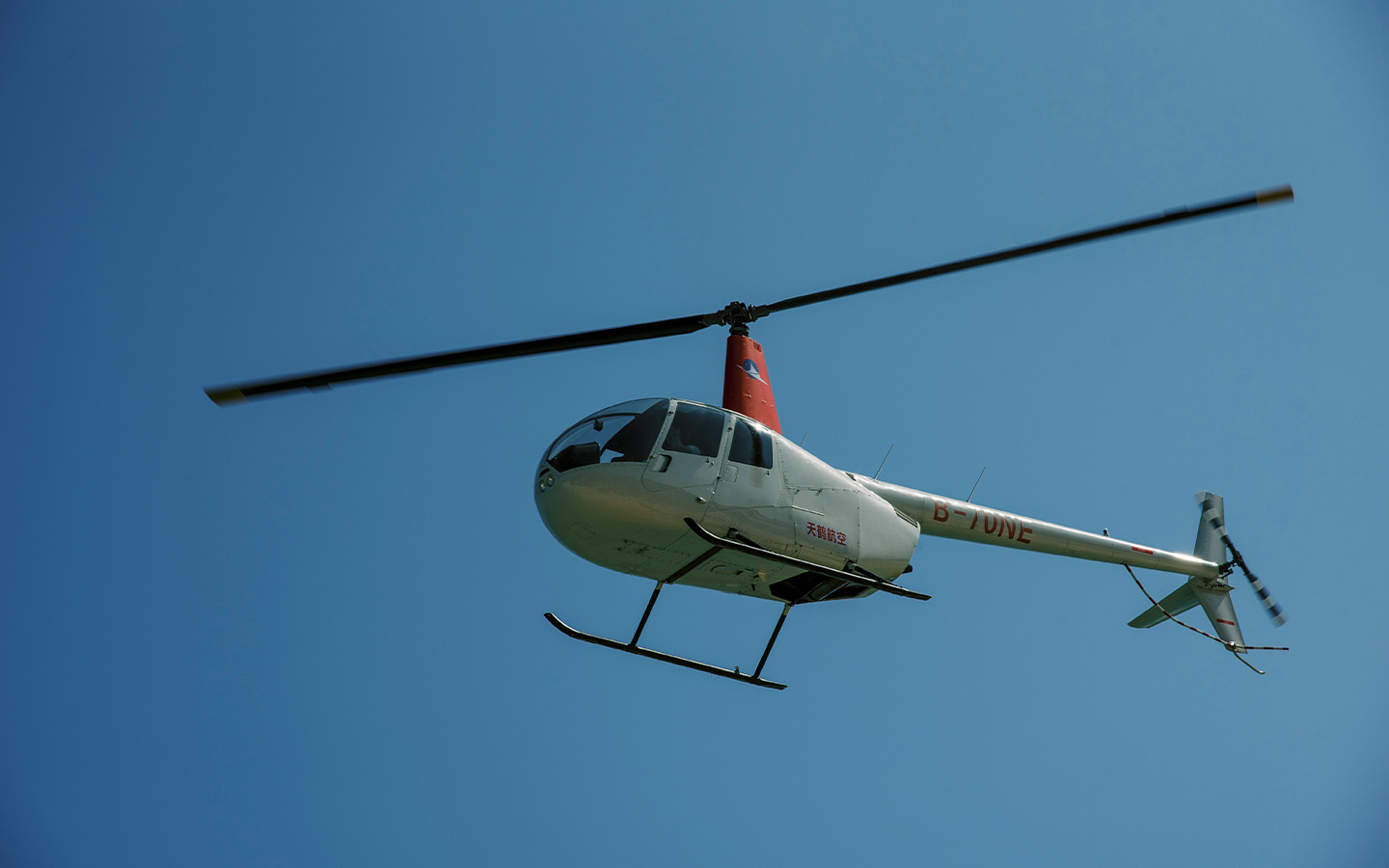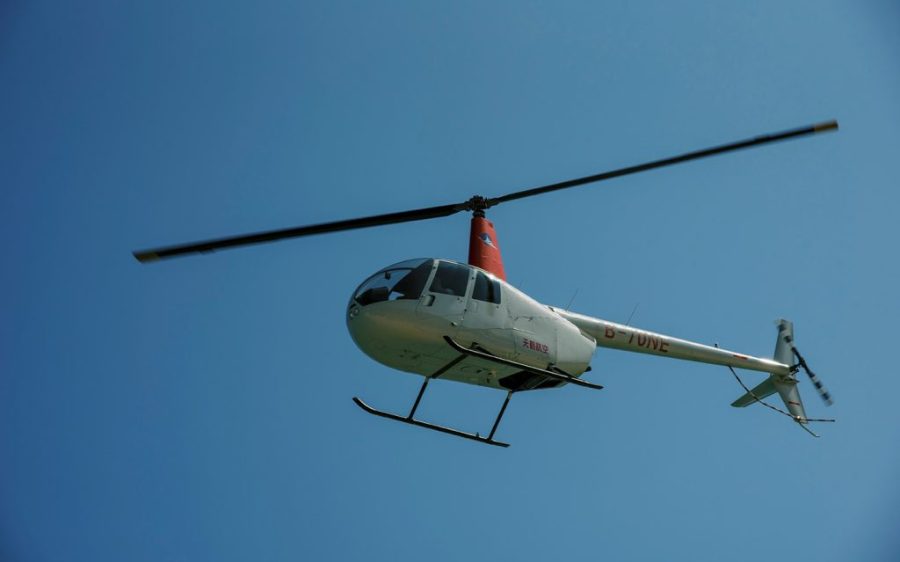More and more mainland Chinese are taking to the skies, not to travel but for thrills – via the likes of parachutes, floatplanes and helicopters, Xinhua reports.
So-called low-altitude tourism activities are becoming especially popular in scenic areas like Fengjie County and Changshou Lake, in Chongqing municipality, and in parts of Hainan province. For example, in Fengjie County, a helicopter operator recently started offering sight-seeing flights through some of the deep gorges of the Yangtze River. Changshou Lake, meanwhile, is now a landing strip for floatplanes, and Hainan is possibly China’s number one place for skydiving.
Low-altitude generally refers to airspace up to 3,000 metres above earth. Commercial flights, in comparison, tend to fly somewhere between 9,000 and 12,000 metres.
[See more: Flying taxis have been approved for mass production in Guangzhou]
Aerial sports, including skydiving, complement China’s emerging low-altitude economy – the business activities, such as delivery, carried out by drones and electric vertical take-off-and-landing (eVTOL) aircraft. This industry is centred in Guangzhou’s Nansha district.
Shen Xiangyang, founding director of the International Digital Economy Academy in Guangzhou, has described the low-altitude airspace as “a no-man’s land with huge growth potential that could nurture a trillion-yuan new industry.”
The Civil Aviation Administration of China (CAAC) estimated that the country’s low-altitude economy was worth more than 500 billion yuan in 2023, and has forecast that figure to grow to 2 trillion yuan by 2030.






